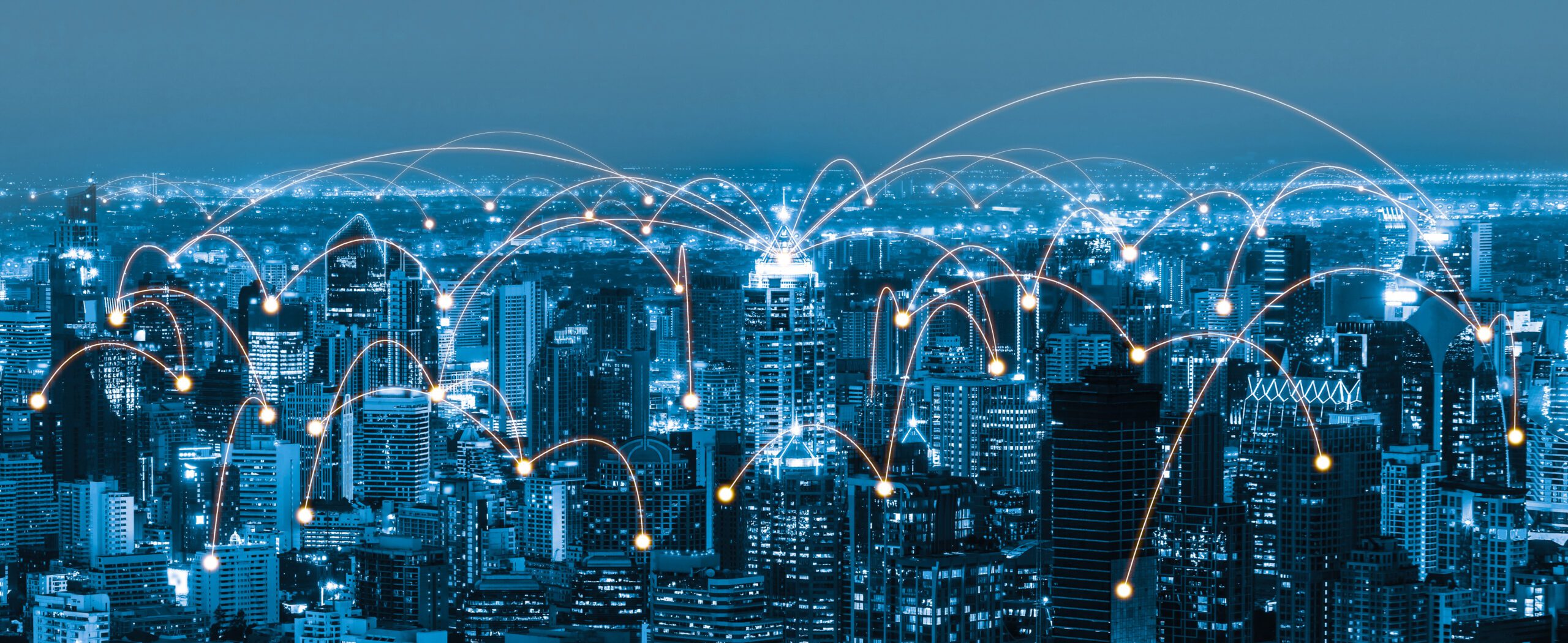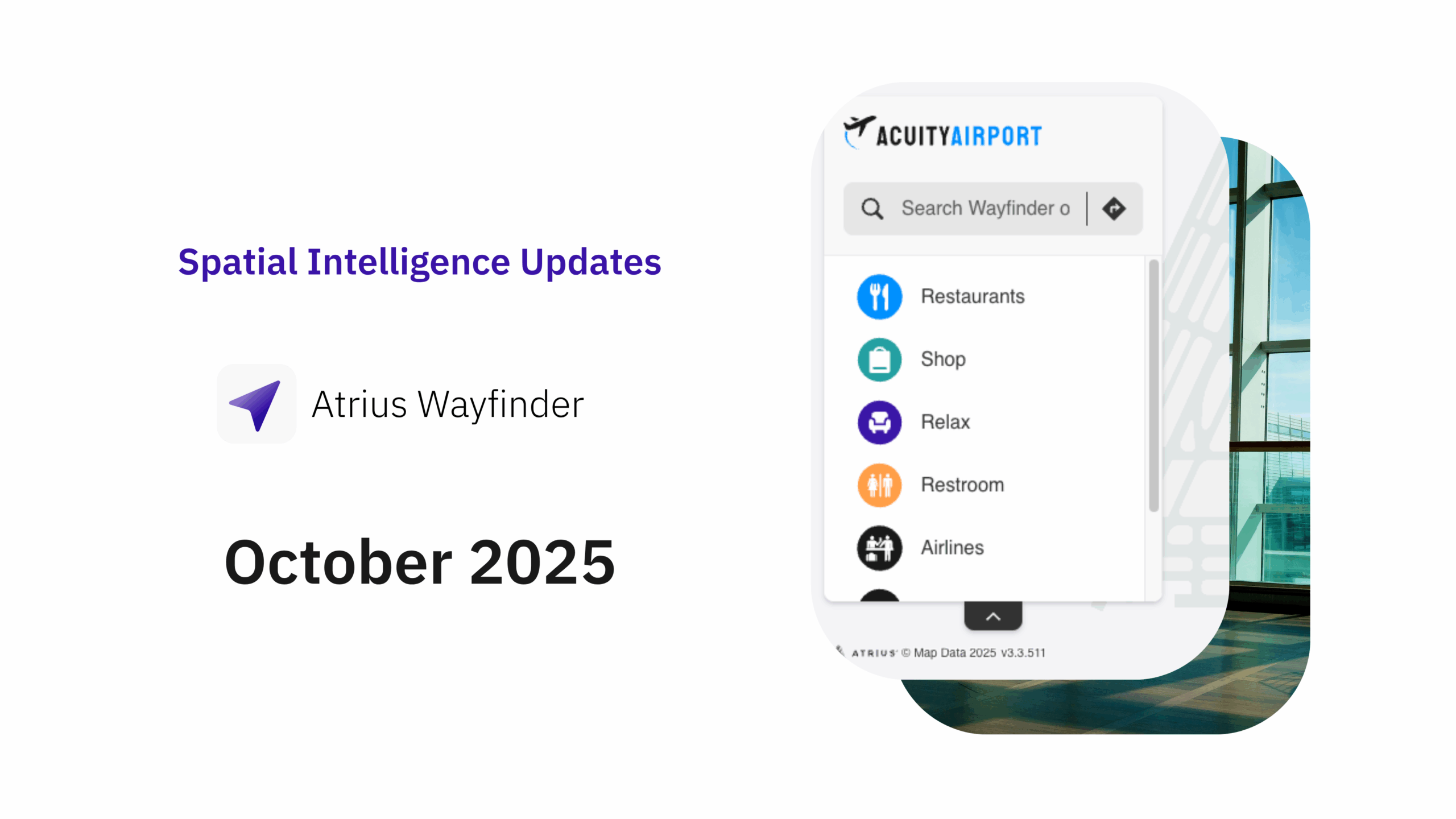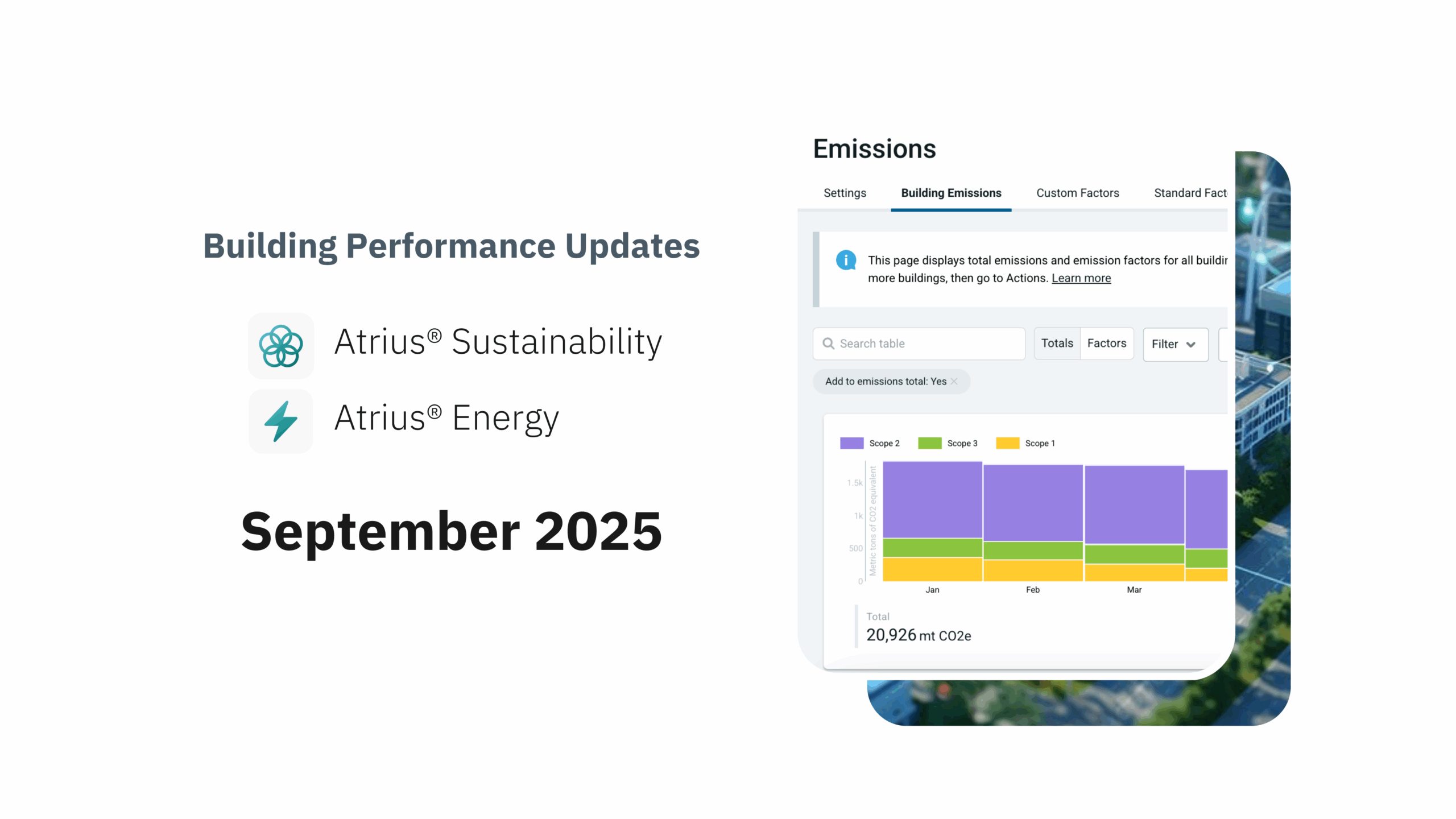If you are going to have a safer, smarter, and greener building, then you need to manage your lighting and HVAC systems. And you need to understand what is using power.
Carl Coken, VP of Engineering, Atrius
Energy and sustainability managers face the same challenges implementing the Internet of Things (IoT) solutions as managers in other roles. We all need to generate information and capture the right data before we can take meaningful action. Teams also need to determine the best times to trigger system-wide behaviors to achieve optimal performance. Today’s IoT gets us past these and other operational hurdles. But that wasn’t always the case.
One Step Back
Years ago, a Microsoft manager asked me to determine how my group engaged in the IoT market. Back then, our message was about “the Internet of Your Things,” as opposed to just “Things.” Excited about working with current teammates and engaging with new partners, I still recall an animated conversation about the “Internet of Your Things” with a major player in the industrial automation market. Older and wiser now, his reply keeps me on my toes even today.
“Welcome to the party; we’ve been doing IoT for 30 years,” sure got my attention. Clearly, I needed to recalibrate our starting point. If companies had been doing some version of an “internet of things” for three decades, why was it suddenly a big deal?
IoT before it was IoT
That conversation taught me that “IoT” was merely the current name for decades-old technology. Once known as “machine-to-machine,” these terms describe the process of using technology to create a network of connected devices to better control and automate a specific environment. Manufacturers led the charge, and companies like Siemens, Honeywell, Rockwell, and GE drove things forward. Understanding this revealed there were numerous people with a more detailed understanding of IoT history—and the associated challenges—than me.
How technology changed technology
What influenced the evolution of manufacturers building “machine-to-machine” chains? The relentless march of technology, and more specifically, the Internet. The advent of cloud services and machine learning introduced new opportunities to collect, leverage, and transform data. These and other new technologies allowed us to convert data into actionable information on a much larger scale. They also presented new problems.
The fact that this data was often locked on-premises, and in some cases, amounted to petabytes–one million times bigger than gigabytes–was a notable challenge. Companies also had trouble aggregating data from disparate sources and devices. Critical insights remained hidden until teams conquered the challenge of connecting different devices to one network.
IoT made data accessible and collectible but not necessarily useful at scale. Enter: dashboards. Software developers and engineers built display solutions to centralize aggregated data on screens of all sizes. But unfortunately, that’s where most IoT solutions stopped.
“The simple fact is, it’s not that simple.”
The IoT evolution, including all the buzz around artificial intelligence (AI) and machine learning (ML),C seemingly hit a wall after introducing dashboards. Why? Because despite the sophisticated technology, we still needed a person sitting behind the consoles to interpret the interesting graphs and determine action steps. We seemed to have forgotten that while we could certainly use technology to manage and automate vast amounts of data, the true benefit of this technology is freeing up valuable human resources to focus on higher priority initiatives.
The simple fact is it’s not simple. Advanced automation and a smart person analyzing data does not solve the basic problem of determining whether you have the right information. Does the collected data relate to whatever problem needs solving? Furthermore, you are no longer dealing with just “devices”; now you’re working with “systems.”
The new challenge is that facility managers work with multiple vendors, and each vendor builds solutions or systems to manage vendor-specific products and/or services. These solutions are all very domain-specific and do not necessarily integrate well with solutions from other vendors. But customers typically have multiple domains and multiple vendors. Key data sits in different places. For example, electricity, water, and gas usage data come from different utilities. A truly holistic customer solution integrates all this data into a central system that helps determine the next action steps and necessary triggers.

Where we are today
So, when people ask why I left Microsoft and joined Acuity Brands, my answer is simple – unfinished business. At Acuity, specifically in our Intelligent Spaces Group (ISG) business segment, our goal is to make facilities smarter through automation and intelligence. Our Atrius products allow customers to monitor and manage their facilities. Combine these sophisticated solutions with our Distech intelligent controllers and Acuity lighting systems, and we can do so much more. We are building incredible, reliable solutions that are open and easy to integrate as well as automate actions so our customers can meet their sustainability goals.



